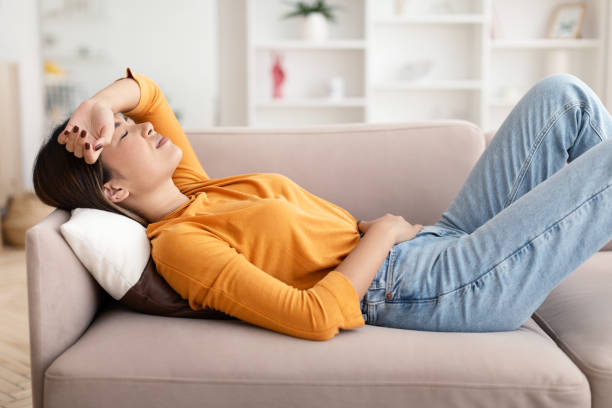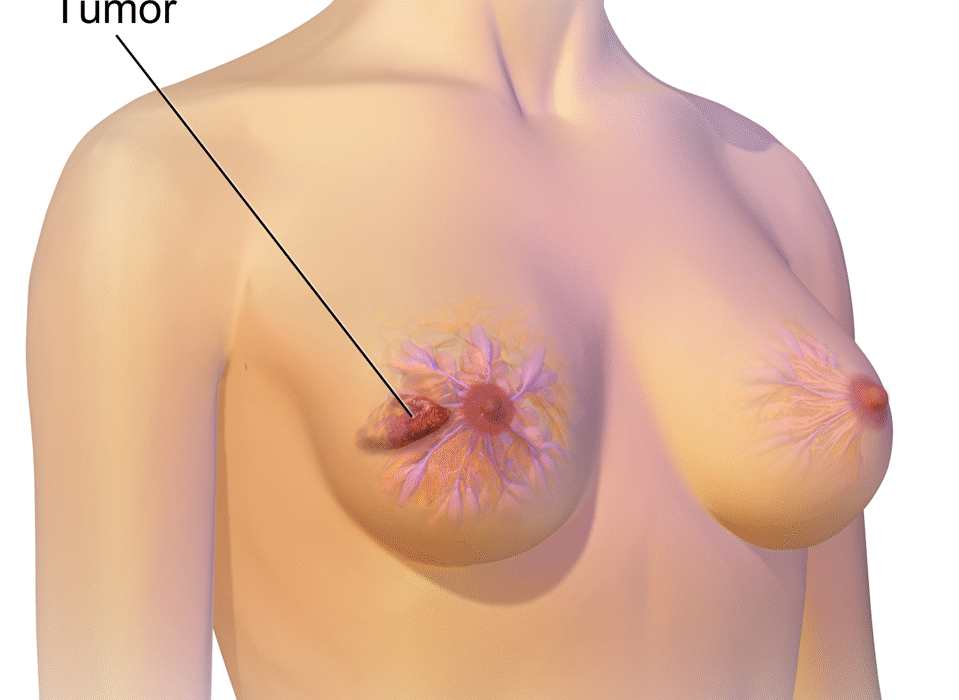As the world battles rising temperatures and faces another summer of record-breaking heat waves, scientists are uncovering a hidden and deadly side effect of our warming planet—one that hits hardest where we’re most vulnerable: inside our aging bodies.
A new study from the University of California, Irvine’s Joe C. Wen School of Population & Public Health reveals that extreme heat is not only uncomfortable and dangerous in obvious ways—it may also quietly dismantle our immune system and gut health, especially as we age. This chilling finding links climate-driven heat stress to a higher risk of infection from Vibrio vulnificus, a potentially deadly bacterium that is increasingly lurking in warming coastal waters.
The study, recently published in the journal Science of the Total Environment, delivers a sobering insight into how age and extreme heat can combine into a perfect storm—weakening the gut’s defenses, unraveling immune function, and making the body more susceptible to one of the most dangerous waterborne pathogens known to medicine.
The Hidden Threat Beneath the Waves
Vibrio vulnificus is not a household name, but it should be. Often called a “flesh-eating” bacterium, it thrives in warm, brackish water and can infect humans through even minor cuts or the consumption of undercooked seafood. For healthy adults, it’s a serious but manageable infection. But for older people or those with weakened immune systems, it can become life-threatening—fast.
“While Vibrio vulnificus infections are already a growing concern in warming coastal regions, our findings show that extreme heat, especially for older individuals, may further compromise the immune system and gut microbiome in ways that make people more susceptible,” explained Dr. Saurabh Chatterjee, the study’s senior author and professor of environmental and occupational health at UC Irvine.
“It’s a double hit,” he said. “Aging weakens immune defenses, and heat stress accelerates that decline.”
A New Kind of Vulnerability: Aging in a Warming World
The UC Irvine team’s research arrives at a moment of global urgency. With climate change fueling longer, more intense heat waves across the world and populations aging at unprecedented rates, this intersection of environmental and biological vulnerability could soon become a major public health crisis.
But until now, scientists lacked a clear understanding of exactly how heat stress affects older adults at the microscopic level—how it alters the gut, weakens the immune system, and allows dangerous bacteria to invade the body’s natural defenses.
To investigate, Chatterjee and his team turned to mice.
They exposed both young and aged mice to heat levels designed to mimic real-world extreme climate conditions. Then, they studied the gut microbiome, immune cell function, intestinal integrity, and resistance to infection—specifically with Vibrio vulnificus. The results were alarming.
Inside the Gut: A Barrier Broken
The aged mice showed significantly more damage to their intestinal lining compared to the younger mice. This lining, often called the gut barrier, acts as a frontline defense, keeping harmful bacteria and toxins from leaking into the bloodstream. When compromised, the body becomes a warzone—flooded with inflammation, infections, and immune confusion.
The older mice also displayed signs of systemic inflammation, weakened immune responses, and elevated levels of antibiotic-resistant genes in their gut microbiomes. In short, their defenses were down, their guts were damaged, and their bodies were vulnerable.
What made matters worse? These effects were intensified by heat exposure—meaning that older bodies, already weakened by age, are especially unprepared for the biological assault that comes with extreme temperatures.
A Glimmer of Hope: Healing from Within
But there’s good news, too. The same study offered a potential solution—one that’s surprisingly simple: gut probiotics.
The team treated some of the heat-stressed aged mice with Roseburia intestinalis, a beneficial gut bacterium known for its anti-inflammatory properties. The results were striking. These mice showed restored immune function, healthier intestinal barriers, and fewer signs of Vibrio infection.
In essence, by restoring balance in the gut, researchers helped the body rebuild its immune defenses—even under intense environmental stress.
“These findings point to a promising new strategy,” Chatterjee said. “By targeting the gut microbiome, we may be able to help older people resist infections during extreme heat events. It opens the door to therapies that are preventive, accessible, and grounded in supporting the body’s natural resilience.”
More Than a Mouse Study: What This Means for Us
This research is not just about lab mice. It’s about real people—our parents, grandparents, neighbors, and eventually, ourselves.
Every year, heat waves claim thousands of lives worldwide. Most of those deaths are classified under vague terms like “heat stroke” or “dehydration.” But studies like this one suggest a deeper, invisible mechanism at work. Our guts, our immune systems, and the bacteria we coexist with may be key players in how we survive—or succumb—to the rising temperatures of a changing climate.
And as Vibrio vulnificus creeps further north into regions previously untouched, the window for preventing widespread infections is narrowing. Cases have already been reported in places like the Gulf of Mexico, the eastern United States, and even northern Europe.
According to the U.S. Centers for Disease Control and Prevention (CDC), Vibrio infections have been steadily rising in recent years. With ocean temperatures continuing to climb, public health experts warn that we may be entering a new era of bacterial risk—one that will demand both medical and environmental solutions.
A Global Effort, A Shared Responsibility
The UC Irvine study was made possible through collaboration not only among American scientists, but with researchers from Bangladesh’s International Centre for Diarrhoeal Disease Research—a nod to the global scope of the problem.
In countries like Bangladesh, where rising sea levels and extreme heat converge with limited healthcare infrastructure, the risks are even greater. Here, the battle against gut-borne infections isn’t theoretical—it’s an everyday reality. And the lessons learned from mice in a California lab may help inform survival strategies for millions across South Asia and beyond.
Final Thoughts: The Heat Is Rising—and So Must Our Awareness
Climate change is no longer a distant threat—it’s a present and personal danger that affects the health of our bodies in ways we’re only beginning to understand. And aging, often seen as an inevitable part of life, now interacts with environmental stress in ways that make the elderly even more vulnerable.
But knowledge is power. This groundbreaking research from UC Irvine gives us a glimpse into the hidden biological battles waged during heat waves—and offers a path toward strengthening our defenses, one microbe at a time.
Gut health may be more than a wellness trend—it could become a life-saving strategy in the face of climate-driven diseases.
As our planet warms and our population grows older, science like this doesn’t just inform—it equips us. And perhaps, it reminds us that the answers to survival may lie not in conquering nature, but in understanding the delicate ecosystems within us.
Reference: Subhajit Roy et al, Aging and climate change-induced heat stress synergistically increase susceptibility to Vibrio vulnificus infection via an altered gut microbiome-immune axis, Science of The Total Environment (2025). DOI: 10.1016/j.scitotenv.2025.179881






